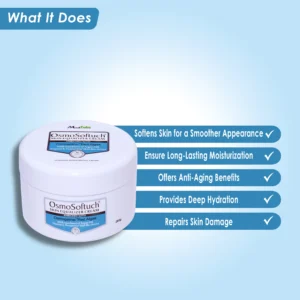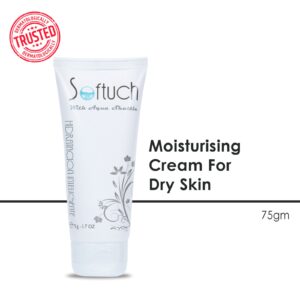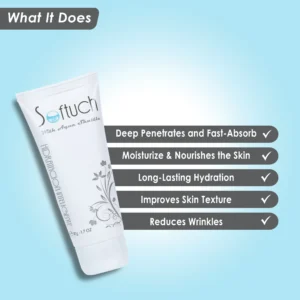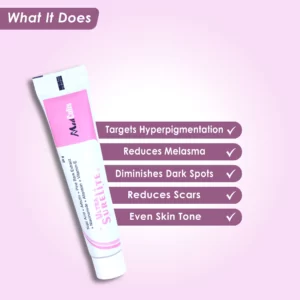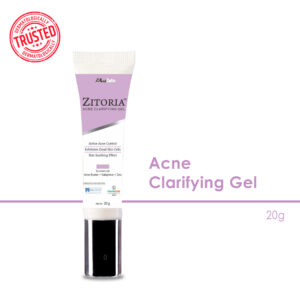Use these sun safety guidelines and physical sunscreen to shield your children from the sun

Use these sun safety guidelines and physical sunscreen to shield your children from the sun
Use these sun safety guidelines and physical sunscreen to shield your children from the sun
As parents, it is our responsibility to keep our children safe from harmful UV rays and heat exhaustion. The sun is a great source of vitamin D, but it can also cause skin damage, heat exhaustion, and even skin cancer if not protected properly. Physical sunscreens can play an important role in protecting children from harmful UV rays. Physical sunscreens use active ingredients such as zinc oxide and titanium dioxide to physically block and reflect UV rays away from the skin, providing immediate protection against both UVA and UVB rays. Physical sunscreens are considered to be gentler on sensitive skin and are less likely to irritate. Making them a good option for children with sensitive skin or skin conditions.
Additionally, physical sunscreens are typically water-resistant, making them a great option for outdoor activities such as swimming and sweating. The following are some sun safety tips that you can follow to protect your little ones:
- Cover up: Dress your children in light, loose-fitting clothing that covers as much skin as possible. A hat and sunglasses can also provide additional protection.
- Apply sunscreen: Use a broad-spectrum, water-resistant sunscreen with an SPF of 30 or higher. Reapply every two hours, especially after swimming or sweating.
- Avoid peak sun hours: The sun’s rays are the strongest between 10 a.m. and 4 p.m. Try to limit outdoor activities during these hours and find shade under trees, umbrellas, or canopies.
- Hydrate: Encourage your child to drink plenty of water, especially when they are outside for an extended period. Symptoms of heat exhaustion include dizziness, headache, and fatigue, and it can be dangerous if not treated promptly.
- Keep a watchful eye: Children can quickly become dehydrated and suffer from heat exhaustion, so make sure to monitor them closely. If they are showing signs of exhaustion, bring them to a cooler place and give them water to drink.
- Avoid tanning beds: Tanning beds emit harmful UV rays that increase the risk of skin cancer. It is best to avoid them altogether.
- Teach by example: Children learn by example, so make sure to follow these sun safety tips yourself. Teach your children the importance of sun protection and how to properly apply Sunscreen.
- Check for moles: Regularly check your child’s skin for any unusual moles or growths. If you notice any changes, seek medical attention immediately.
- Avoid sunburns: Sunburns increase the risk of skin cancer, so make sure to protect your child’s skin from getting burned. If they do get sunburned, cool their skin with a cool bath or compress and apply aloe vera gel to soothe their skin.
By following these sun safety tips, you can help protect your little ones from harmful UV rays and heat exhaustion. Remember, it is never too early to start teaching your children about sun safety. The habits they learn now will stay with them for a lifetime and help reduce their risk of skin damage and skin cancer.
In conclusion, the sun is a great source of vitamin D and a source of happiness, but it is also important to protect our children from its harmful effects. By taking simple steps, such as dressing them in protective clothing, applying sunscreen, and seeking shade, we can help ensure that our children stay safe and healthy while enjoying the sun













